Packaging Design
After careful thought and extensive research and development, we’re happy to unveil our new product packaging!
The packaging consists of 3 components:
-
Outer Box: The box is comprised of a base and a tight-fitting lid, made in Ontario with recyclable cardboard.
Certifications:
Forest Stewardship Council Certified (FSC C150580) -
Inner Lining: The lining is a bag made from industrial- and home-compostable bioplastic.
Certifications:
European Standard of Compostability (EN 13432)
TUV Austria OK compost INDUSTRIAL (Industrial S2288)
DIN Certified Home Compostable (NF T51-800) - Insert: Each item comes with a recyclable paper insert which outlines product use instructions and includes the unique Product ID.

The Challenge:
We challenged ourselves to design more sustainable packaging by eliminating plastics. We aimed to accomplish this while maintaining excellent durability and product protection, visual appeal and our signature brand aesthetic, optimal size and shape for shipping, all at the same or lower cost as our older packaging system.
The Process:
After outlining our goals and requirements, we moved onto the prototyping and testing phase. The packaging went through at least 10 iterations before reaching the current design.
Throughout the iterative design process, prototypes were tested by our staff for ease of use and fit with our products. To test durability, they were put through the shipping and delivery system, along with obtaining a satisfactory ECT rating.
Now that the current design is in-market, we are monitoring shipments and returns closely for structural integrity and product protection.
The Details:
Each detail was intentional, from the materials used to the precise sizing of the components. Here is the rationale and process behind some of those details.
Material selection: A variety of liner materials were tested and considered, including water-soluble materials. Ultimately, water-soluble liners were deemed to be less suitable for exposure to the elements during shipping and require too much energy for disposal in boiling water. Recycled and post-consumer plastic was also considered, and weighing its benefits and drawbacks against those of bioplastic was challenging. In the end, we decided that bioplastic is a better fit with our goal of reducing our reliance on plastic. It is also renewable, which fits better with the other renewable materials we use, like cotton and down. One of the other reasons we settled on a compostable liner is that compostability has well-defined, transparent, verifiable standards. We are aware of the perils of greenwashing and prefer to be able to explain our sustainability efforts using objective measures and standards.
Package size: The package size needed fine-tuning to ensure a single package size could accommodate the majority of our products. Having a uniform package size means there are fewer dies required for production, minimizing material waste, and there are fewer components to order and stock, minimizing shipping emissions.
Carton thickness: We worked to make bulkier, earlier prototypes more resource-efficient by reducing the thickness of the cardboard as much as possible without compromising strength.
Packaging closure: Optimizing the closure mechanism was key, balancing stability and reliability with ease of unboxing. The tight-fitting lid allows us to eliminate the excessive use of tape, using only a single, small segment of paper tape for good measure.
Insert: Our insert has changed to a smaller sized booklet for easier safe keeping. It no longer includes a mail-back warranty card, in an effort to transition to digital warranty registrations and save postage emissions.
Retail-readiness: The outer box is a shipping carton that doubles as retail shelf-ready display packaging. Material efficiency is improved by having a solution that works in both e-commerce and retail applications. Some of our retail partners have expressed concerns that customers are accustomed to being able to see the product through clear packaging and unzip to touch and feel. We hope to find creative POP solutions that will allow customers to see and feel product samples prior to purchase. It is important that both brands and retailers be willing to challenge traditional ways of shopping as we move toward a more sustainable future.

Customers choose Canadian Down & Feather Company because of our focus on thoughtful design, sustainability, and quality. This new packaging aligns with these values, and we hope it shows our commitment to continuous improvement in these areas.
It is the support and loyalty of our valued customers that make projects like this possible. There is no finish line or perfect solution. As we learn and grow, we can only try to do better than we did before. We will continue to refine and optimize our products and services for the mutual benefit of our customer, our business, and the planet. As always, we log and track all the feedback we receive from our customers, so please do let us know about your experience with this packaging so we can ensure it meets your needs and expectations. Thank you for coming along this journey with us!
Ultimately, we hope that our research and development efforts pave the way for other brands in our industry to follow suit for the betterment of all consumers and the planet.

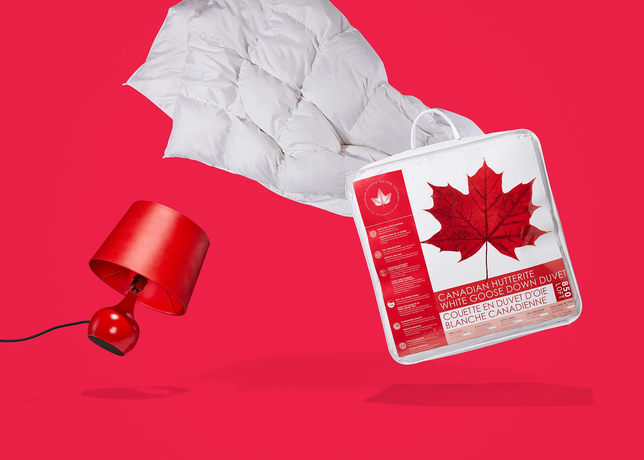
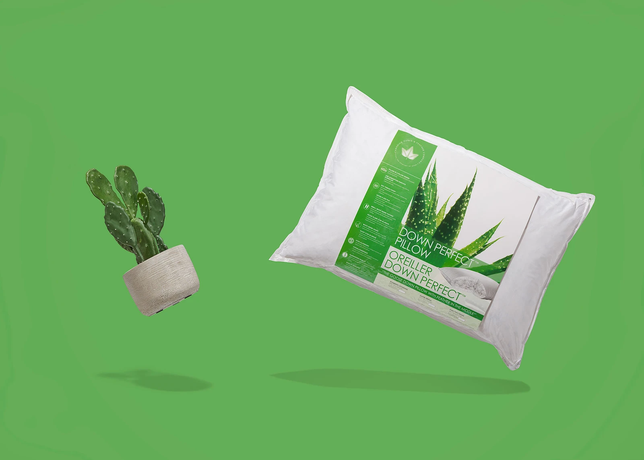
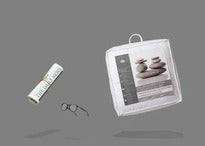
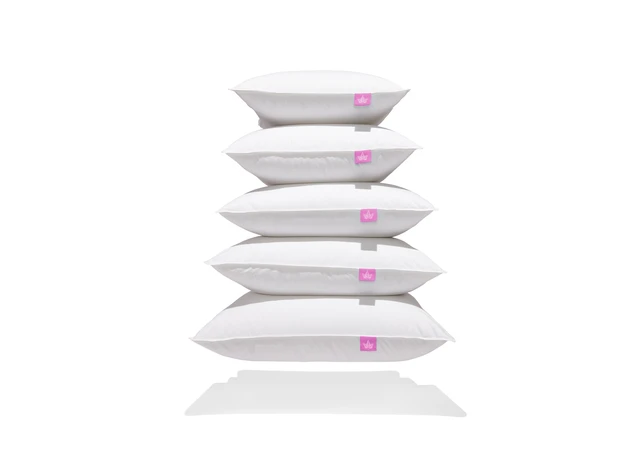
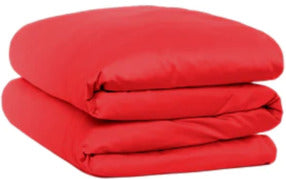
Leave a comment
This site is protected by hCaptcha and the hCaptcha Privacy Policy and Terms of Service apply.